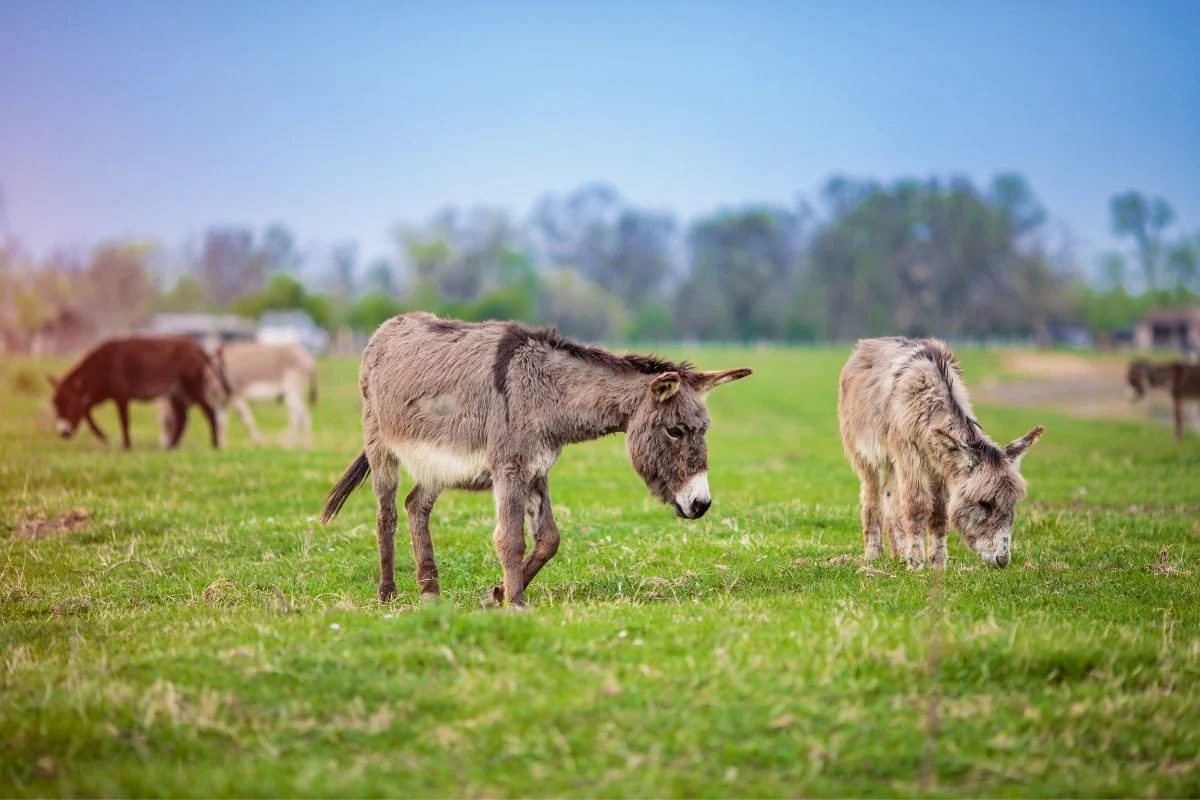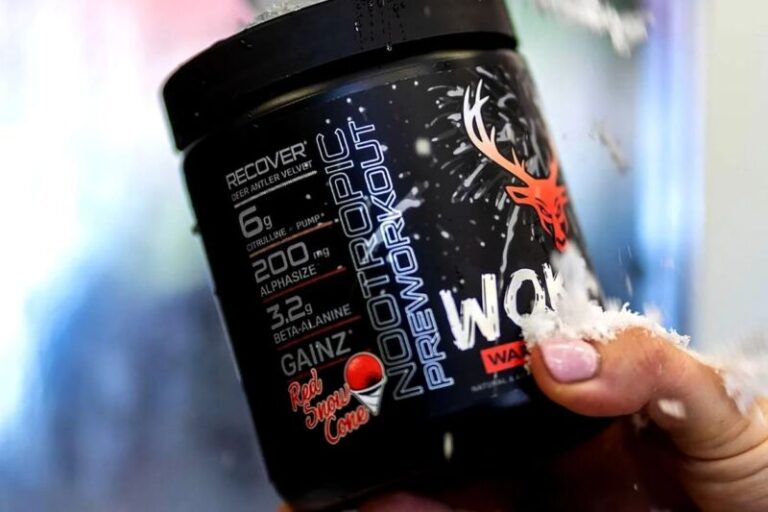Why Donkey Milk Is So Expensive?
In recent years, the world of alternative milk has exploded with options, from oat and almond to coconut and hemp. However, there’s one milk that stands out not just for its unique source but also for its eye-watering price tag: donkey milk. At over $200 per gallon in the United States, donkey milk is undoubtedly one of the most expensive types of milk available. But what makes donkey milk so expensive, and is it worth the hefty price?
To understand the high cost of donkey milk, we need to delve into its rich history, limited production, and purported health benefits. This article will explore the factors contributing to its premium price point and why some consider it liquid gold.
A Brief History of Donkey Milk
Donkey milk’s use dates back thousands of years, with historical records showing its popularity among the elite and its application in medicine. Around 400 B.C., the famous Greek physician Hippocrates reportedly prescribed donkey milk to treat various ailments, including poisoning, fevers, and liver issues. This early medicinal use set the stage for donkey milk’s reputation as a health elixir.
In ancient Rome, donkey milk was prized for its supposed beauty-enhancing properties. Empress Poppaea Sabina, the second wife of Emperor Nero, was said to have bathed in donkey milk and applied it to her face to maintain a youthful appearance. This practice wasn’t limited to Roman royalty; the legendary Egyptian queen Cleopatra VII was also known to indulge in donkey milk baths.
The allure of donkey milk persisted through the ages, even reaching the Vatican. It’s reported that Pope Francis, as an infant, was fed donkey milk when breast milk wasn’t available. This historical tidbit underscores the long-standing belief in donkey milk’s nutritional value and suitability as a breast milk substitute.
Factors Contributing to the High Cost of Donkey Milk
The astronomical price of donkey milk isn’t arbitrary; several factors contribute to its status as one of the world’s most expensive milk varieties:
- Limited Production
Unlike cows, goats, or sheep, donkeys produce relatively small amounts of milk. A female donkey, known as a jenny, typically produces only about 0.5 to 1.5 liters of milk per day. In contrast, a dairy cow can produce up to 30 liters daily. This significant difference in yield means that it takes many more donkeys to produce the same amount of milk as a single cow, driving up production costs.
- Scarcity of Donkey Farms
Donkey farming for milk production is not widespread, particularly in Western countries. The limited number of farms dedicated to donkey milk production creates a supply bottleneck, further contributing to its high price. Establishing and maintaining a donkey dairy farm requires specialized knowledge and resources, which aren’t as readily available as those for traditional dairy farming.
- Legal Restrictions on Raw Milk
In the United States, the sale and transportation of raw milk across state lines is illegal. This restriction significantly impacts the availability of fresh donkey milk, as most small-scale producers can’t afford the expensive pasteurization equipment required to make their product legal for interstate commerce. As a result, many consumers opt for imported, powdered donkey milk, which comes with its own set of importation costs and taxes.
- Labor-Intensive Production
Milking donkeys is a time-consuming and labor-intensive process. Unlike cows, which can be milked by machines, donkeys often require hand-milking. This need for manual labor increases production costs and limits the scalability of donkey milk operations.
- Specialized Care Requirements
Donkeys used for milk production require specialized care to ensure their health and milk quality. This includes a carefully balanced diet, regular veterinary check-ups, and comfortable living conditions. The cost of maintaining these standards contributes to the overall expense of producing donkey milk.
Nutritional Profile and Health Benefits
Despite its high price, many consumers are willing to pay a premium for donkey milk due to its impressive nutritional profile and potential health benefits:
- Similarity to Human Milk
According to research published in the International Dairy Journal, donkey milk’s composition is remarkably similar to human breast milk. This similarity makes it a potentially suitable alternative for infants who cannot be breastfed or who have allergies to cow’s milk-based formulas.
- Rich in Essential Nutrients
Donkey milk is packed with vitamins and minerals. It contains more vitamin D than cow’s milk, with some reports suggesting it has more than double the amount. This high vitamin D content is particularly beneficial for bone health and immune system function.
- Low in Fat, High in Lactose
Compared to cow’s milk, donkey milk is lower in fat but higher in lactose. This composition makes it easier to digest for some people and gives it a naturally sweet taste.
- Potential Allergy-Friendly Option
For individuals with cow’s milk allergies, donkey milk may offer a safe alternative. Its low casein content and different protein structure make it less likely to trigger allergic reactions in those sensitive to cow’s milk proteins.
- Reported Therapeutic Benefits
While more research is needed, some studies and anecdotal evidence suggest that donkey milk may have therapeutic benefits for certain health conditions. For example, a family farm in Oklahoma reported success in treating their daughter’s autoimmune illness with donkey milk, and their testimonials page features similar stories from other families.
Taste and Versatility
Despite its unique source, donkey milk has a surprisingly pleasant taste profile:
- Flavor Profile
Donkey milk is described as having a sweet taste and a milky scent. Its flavor is generally considered mild and palatable, making it easy to incorporate into various recipes or enjoy on its own.
- Culinary Applications
While not as widely used in cooking as cow’s milk due to its scarcity and cost, donkey milk has found its way into some high-end culinary applications. Most notably, it’s used to produce pule, the world’s most expensive cheese.
- Luxury Cheese Production
Pule, a cheese made from donkey milk, is a prime example of the milk’s luxury status. This crumbly white cheese can cost between $600 to $1,000 per pound. Its flavor is often compared to Spanish manchego, with a slightly sharper and more complex profile.
The Future of Donkey Milk
As awareness of donkey milk’s potential benefits grows, so does interest in its production and consumption. However, several challenges need to be addressed for the donkey milk market to expand:
- Increasing Production
To meet growing demand and potentially lower prices, more efficient production methods need to be developed. This could involve breeding donkeys for higher milk yields or improving milking techniques.
- Regulatory Changes
Changes in regulations regarding raw milk sales and transportation could make fresh donkey milk more accessible to consumers across the United States.
- Research and Development
Further scientific studies on the health benefits of donkey milk could help justify its high price and increase consumer interest.
- Ethical Considerations
As demand grows, it’s crucial to ensure that donkey farming practices remain ethical and prioritize animal welfare.
Conclusion: Is Donkey Milk Worth It?
The high cost of donkey milk is the result of various factors, including limited production, scarcity of farms, legal restrictions, labor-intensive processes, and specialized care requirements. Its unique nutritional profile, potential health benefits, and historical significance all contribute to its premium status in the milk market.
Whether donkey milk is worth its steep price tag is ultimately a personal decision. For those who can afford it and believe in its benefits, donkey milk represents a luxury product with potential health advantages. For others, its cost may be prohibitive, making it more of a curiosity than a practical dietary option.
As research continues and production potentially increases, we may see changes in the donkey milk market. However, for now, it remains one of the world’s most expensive and intriguing milk varieties, a testament to the enduring allure of this ancient elixir.
In the end, what makes donkey milk expensive is a combination of its rarity, the challenges in its production, and the mystique that surrounds it. As we continue to explore alternative milk options, donkey milk stands out as a unique and costly choice, reminding us that sometimes, the most valuable things come from the most unexpected sources.






